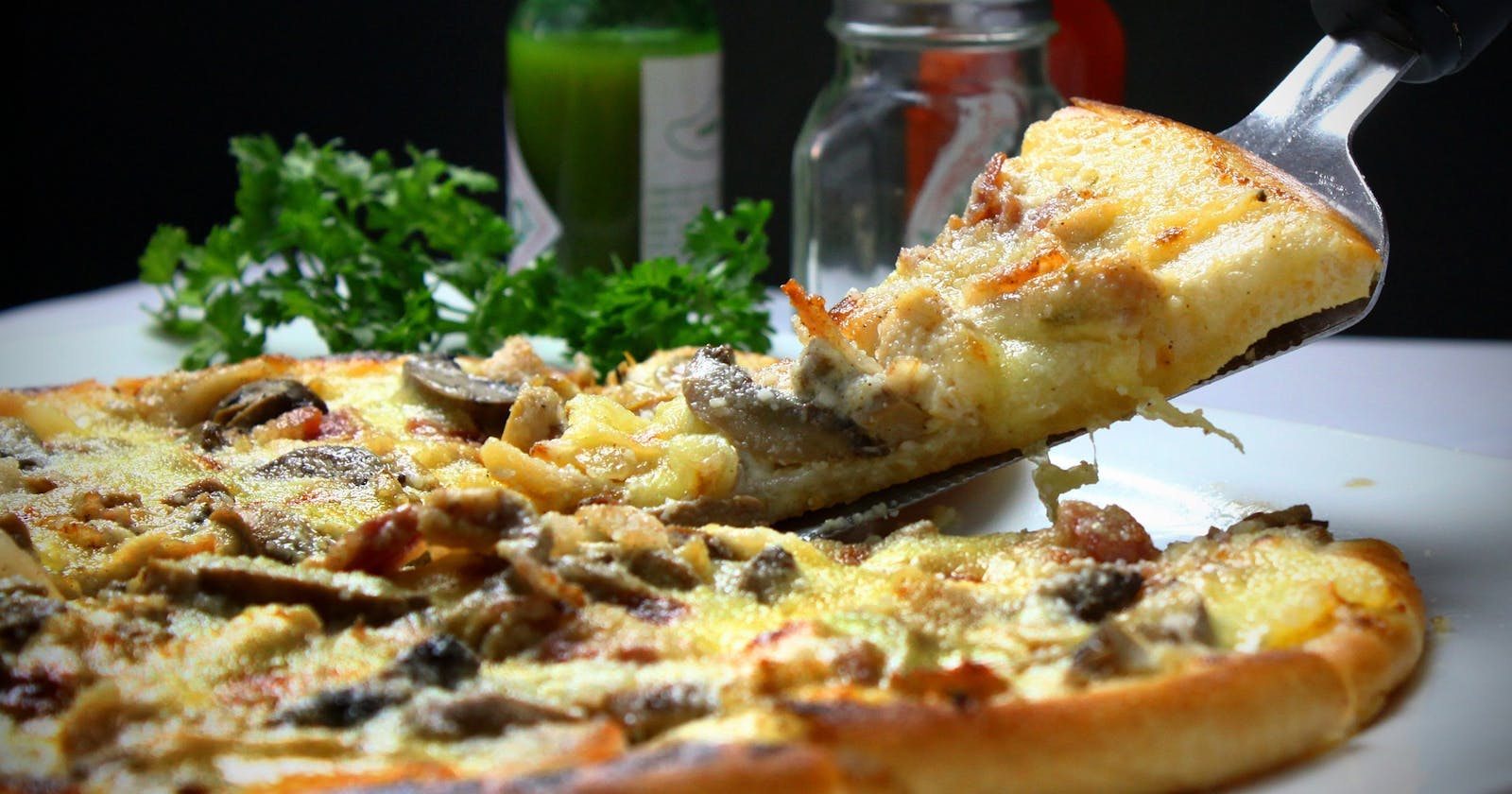Note: The following article was written with the help of OpenAI, as part of a writing experiment. The bulk might be AI-generated, but all the best parts are me, naturally.
Kubernetes resources are like pizza toppings: they can be added or removed to customize each workload. The key takeaways are that each resource has a specific purpose and can be used to improve the performance of a workload. Other Kubernetes resources like services and ingress would be like the crust or sauce - they provide essential support but are not the main focus.
You're making me hungry...how do I make this Kubernetes pizza?
A YAML configuration file for Kubernetes resources is like a recipe for a pizza in that it defines the ingredients and steps needed to create a Kubernetes resource. Configuration choices such as resource limits and requests are like different seasoning choices you could make for pizza in that they determine how the resource will be used.
Here is an example YAML configuration file for a simple deployment:
apiVersion: apps/v1
kind: Deployment
metadata:
name: my-pizza-deployment
labels:
app: my-pizza
spec:
replicas: 3
selector:
matchLabels:
app: my-pizza
template:
metadata:
labels:
app: my-pizza
spec:
containers:
- name: my-pizza-container
image: my-pizza-image
ports:
- containerPort: 8080
resources:
limits:
cpu: "0.1"
memory: "128Mi"
requests:
cpu: "0.1"
memory: "64Mi"
Note that although this example YAML configuration file is well-formed, i.e., you could apply it, it will not work yet. You would need the my-pizza-image container image to exist first.
Wait, then how do I get my pizza?
A Docker container image is a file that contains all the necessary code, libraries, and dependencies for an application to run. The image is built from a Dockerfile which contains instructions on how to build the image.
To create the my-pizza-image container image, you must first create a Dockerfile. In the Dockerfile, you will need to specify the base image to use, any dependencies that are needed, and any code or configuration files for your application. Once the Dockerfile is created, you can use the docker build command to build the image.
The my-pizza-image container image could be stored in a Docker registry such as Docker Hub. Docker Hub is a cloud-based registry service which allows you to share your own container images and use container images created by others.
Just like with GrubHub for pizza vendors, users can search for images that they need and pull them down for use in their own projects. In Docker Hub, there are a variety of different images available, each with their own unique dependencies and features. The Domino's of Docker images might be an image that gets reused in many projects, and therefore would be a public image so that any user in the community can use it. Your favorite, local pizzeria might be a more specialized image that you want to secure in a private registry instead.
Just like with pizza, Kubernetes is often served via a provider. When you think about it, Amazon and Azure are basically Domino's and Jet's. There's one on every corner, and it makes you feel like you have options even though they serve up basically the same thing.
Waiting on the pizza delivery guy
Kubernetes resources are like pizza because they are easy to deploy and manage. Just like you can get a pizza from the store, you can get a Kubernetes resource from DockerHub. So go out, make a pizza, and deploy some apps on Kubernetes!
Up next: Pairing your Kubernetes pizza with the perfect Istio wine 🍷
